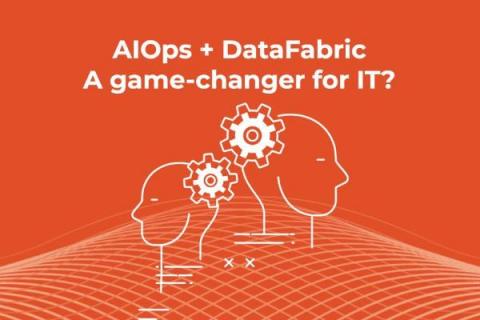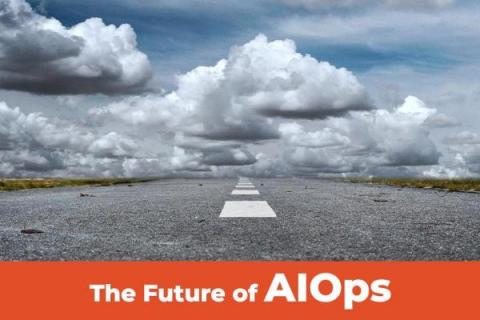Market Trends And Predictions For 2022
My market trends and predictions for 2021, be it for AI-based drug discovery or cybersecurity, have certainly accelerated in 2022 as a result of Covid-19 and the ongoing pandemic. This has brought unprecedented uncertainty, fear and challenges to how we do business, work, live and play.











